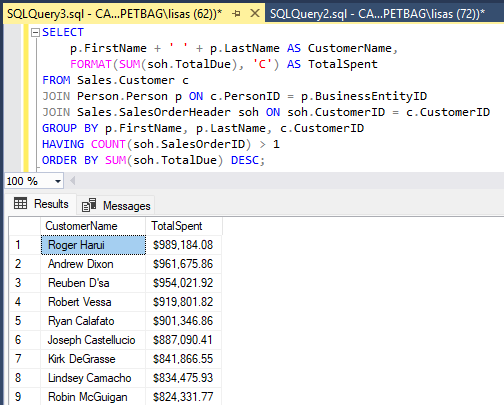API Adventures: Fast-Tracking User Data
In this project, I developed a Python-based automation tool to efficiently extract, consolidate, and export user access information from multiple independent Eloqua instances. The goal was to streamline the process of gathering user details into a single, organized .csv file for administrative reporting.
By leveraging the Eloqua REST API, the script securely authenticates with each instance, retrieves user data, and handles potential errors through robust logging mechanisms. The automation not only eliminates manual data pulls but also ensures scalability for managing large datasets across diverse environments.
This solution significantly reduced the time and effort required to manage Eloqua user access data, improved data accuracy, and provided a flexible framework for future API-driven automation projects.
Python Programming: For scripting the entire automation workflow.
API Integration: Using the Eloqua REST API to fetch user data across multiple instances.
HTTP Authentication: Secure access with
HTTPBasicAuthand environment variables to manage credentials.Data Handling: Processing JSON responses and normalizing data for CSV output.
Error Handling & Logging: Implementing try-except blocks with detailed logging for smooth troubleshooting.
Automation & Scripting: Streamlining repetitive tasks to improve efficiency and accuracy.
Transforming Sales Data into Business Intelligence Using SQL
This project showcases a comprehensive SQL-based analysis to simulate a real-world business intelligence scenario that I created. By leveraging advanced SQL techniques—including multi-table joins, aggregate functions, and data formatting—the project brings together disparate data sources to deliver actionable insights.
The query connects customer information, geographic location, sales order data, and product category hierarchies to reveal key business metrics such as:
Total revenue per customer
Most popular product categories
Purchase frequency and recency
Geographic distribution of spending
The output is formatted for clarity and presentation, including currency formatting and date standardization, making the data ready for visualization tools or executive reporting.
This project demonstrates not only technical fluency in SQL and relational data modeling, but also an ability to think strategically about how data can inform business decisions—from customer segmentation to regional sales trends.
Adventures in SQL-land: The Quest for Sales Wisdom
This project explores purchasing behavior across customer segments. I utilized SQL with nested queries and subqueries to analyze patterns such as top-selling products, average order values, and repeat customer metrics. The goal was to simulate a real-world business scenario where understanding consumer trends could inform marketing or inventory decisions. This project highlights my ability to structure complex SQL queries, join relational tables, and extract actionable insights from raw data.


